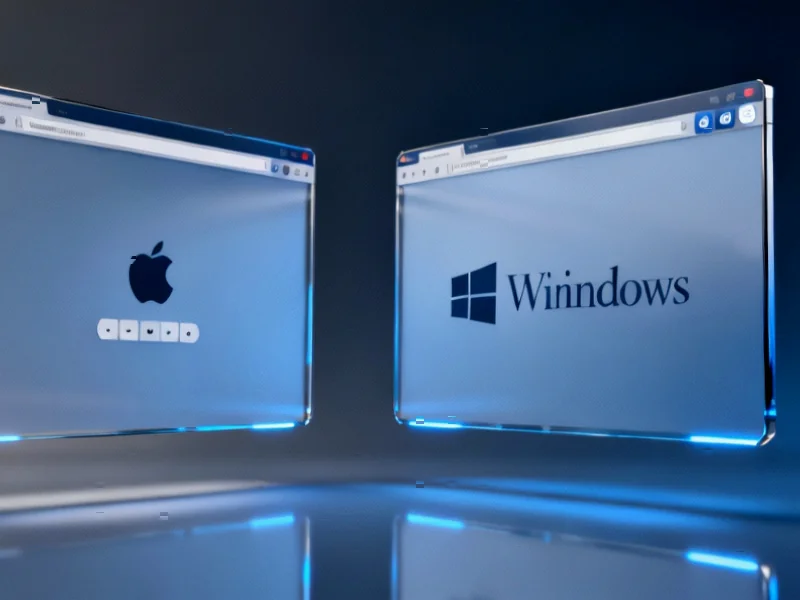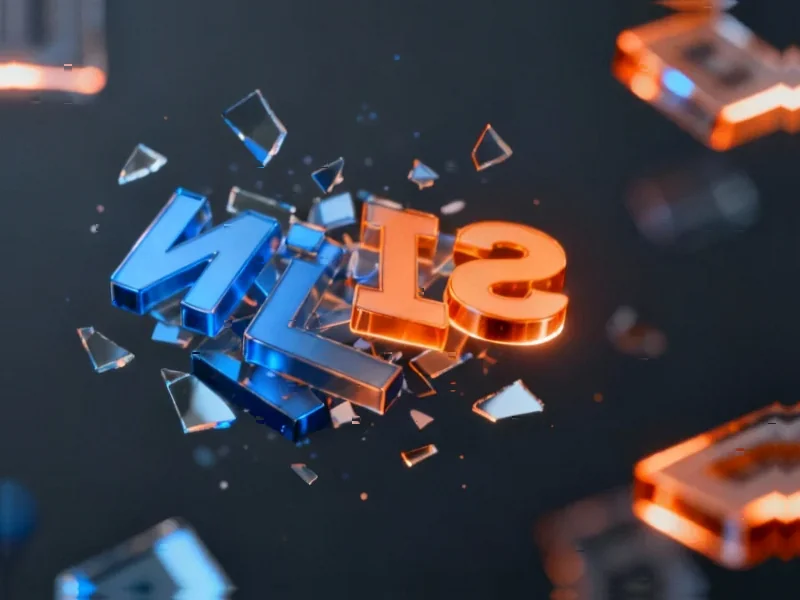According to IGN, Arc Raiders publisher Nexon is defending the game’s use of AI tools while clarifying that it’s not generative AI. The extraction shooter has sold over 4 million copies worldwide less than two weeks after its release, reaching 700,000 concurrent players across all platforms. Design director Virgil Watkins explained they use machine learning for drone locomotion and AI-powered text-to-speech systems with contracted voice actors. Nexon CEO Junghun Lee stated players should “assume that every game company is now using AI” and that the real question is how companies use it competitively. The game received an ‘Amazing’ 9/10 review score from IGN, praising its progression system and tense gameplay. Despite AI controversies, the commercial success appears unaffected by the development approach.
What kind of AI are we actually talking about?
Here’s where things get interesting. Embark is making a clear distinction between what people typically think of as generative AI and what they’re actually using. They’re specifically saying Arc Raiders “in no way uses generative AI whatsoever.” Instead, they’re using machine learning and reinforcement learning for technical challenges like making those multi-legged drones move realistically. And for the voice work? They’re hiring actual voice actors with contracts that explicitly include AI usage for things like the ping system that needs to dynamically say item names and locations. Basically, they’re using AI as a tool rather than a replacement for human creativity.
every-game-company-really-using-ai”>Is every game company really using AI?
Lee’s comment about assuming every game company uses AI feels pretty accurate when you look at the broader industry. EA’s CEO calls AI “the very core of our business,” Square Enix recently reorganized to be “aggressive in applying AI,” and veteran developers like Glen Schofield are pushing for more AI adoption. But then you have Nintendo going in what Shigeru Miyamoto calls a “different direction.” So is everyone using it? Probably not, but the trend is undeniable. The question isn’t really whether companies are using AI tools anymore – it’s how they’re using them and whether they’re transparent about it.
Does AI usage actually matter to players?
Looking at Arc Raiders’ numbers – 4 million copies sold in under two weeks, 700,000 concurrent players – it’s pretty clear that the AI discussion hasn’t hurt commercial performance. The game’s getting rave reviews too, with IGN calling it “without question what I’ve been waiting for” in the extraction shooter genre. This raises an important question: do players actually care about development tools, or do they just care about the final product? If the game is good and the AI usage doesn’t negatively impact quality, maybe the controversy is more about principle than practical outcomes. The success suggests that when implemented well, AI tools can coexist with creative development.
Where does this leave human developers?
The key takeaway from Embark’s approach seems to be that they’re using AI to handle repetitive, technical tasks while keeping human creativity at the center. The drone locomotion? That’s a perfect use case for machine learning – creating realistic movement patterns that would be incredibly time-consuming to animate manually. The dynamic voice system? It enables gameplay features that would be impractical with traditional recording sessions. But here’s the thing: they’re still working with human voice actors, just with different contracts. This feels like a more measured approach than some of the “AI will replace everyone” hype we’ve been hearing. The challenge going forward will be ensuring that AI remains a tool that serves human creativity rather than replacing it entirely.




